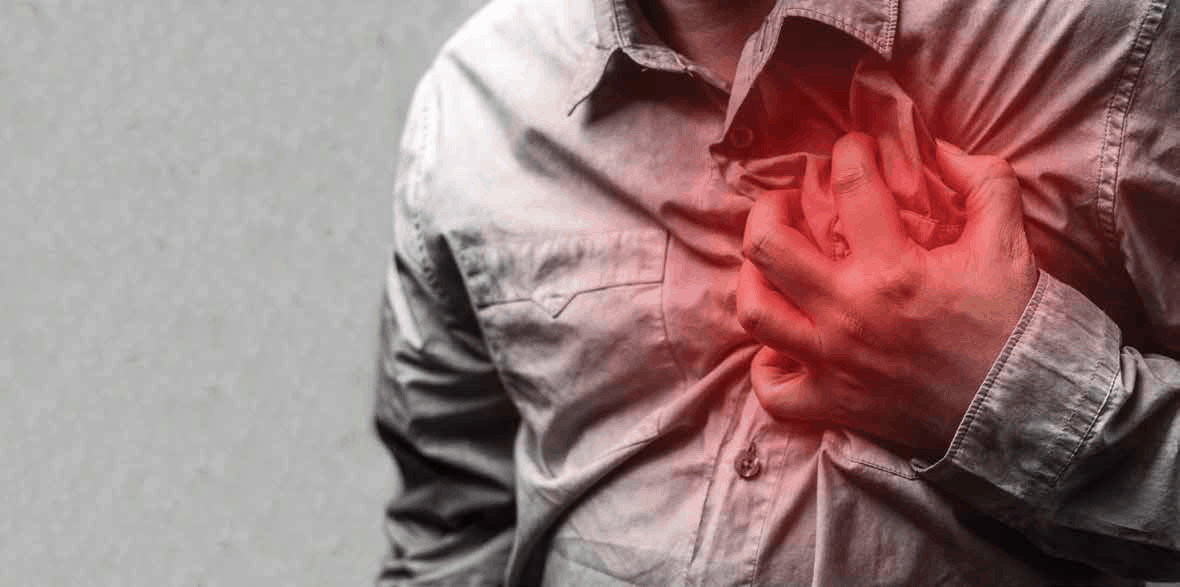In cardiac critical care, patients who presented with cardiac dysfunction and hypoxia were commonly observed. Cardiogenic shock was the type of shock that was seen most frequently. Hypoxia and insufficient blood flow to organs and tissues contribute to anaerobic metabolism, which contributes to hyperlactatemia and the accumulation of oxygen debt. However, the specific role that an accumulated oxygen deficit played during cardiogenic shock and hypoxia has not been defined. In this section, researchers first explained different forms of oxygen debt repayment in patients who were being maintained on extracorporeal life support for cardiogenic shock. The oxygen deficit was determined based on the lactate concentration at 5-time intervals throughout the initial 26 hours of ECLS. Patterns illustrating fundamental pathophysiological processes were irrespective of the initial insult’s cause. Survival rates varied from 51.5% to 4.6%, depending on the classification of patient groups into distinct patterns. It was essential that the starting group did not determine the result of the patient and that it was possible for it to change due to “between-cluster migration” while they were receiving treatment. Investigators felt that discovering different patterns of oxygen debt payback in individuals with cardiogenic shock could provide new insights for the rational, goal-directed treatment of seriously debilitating conditions such as hypoxia and cardiogenic shock.
Source – sciencedirect.com/science/article/pii/S0883944122000739


